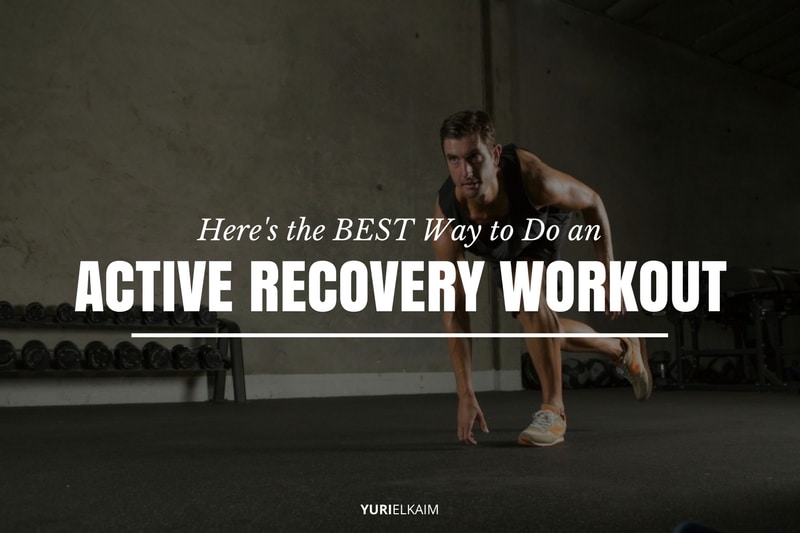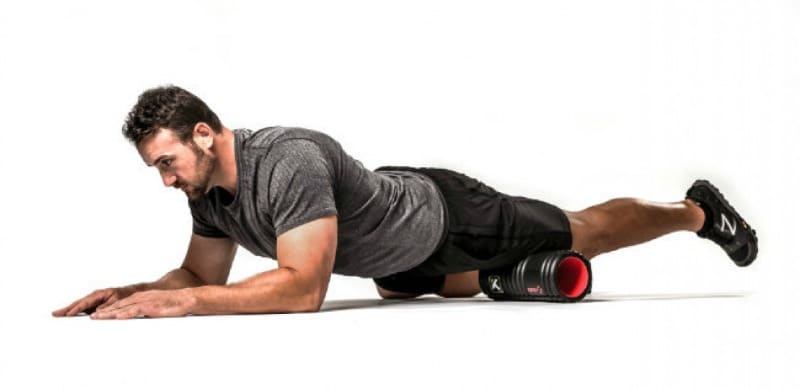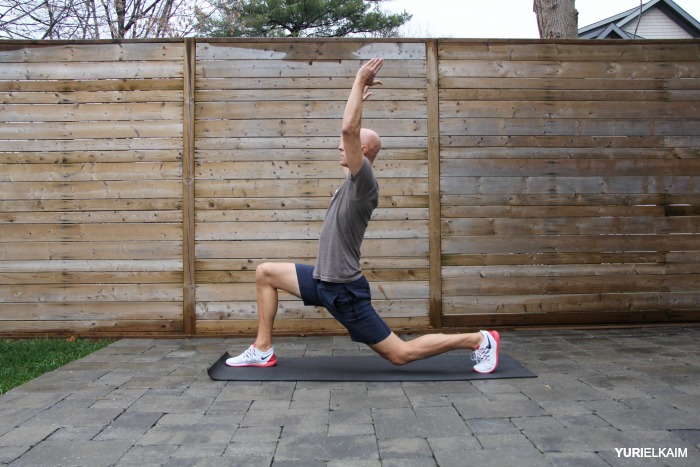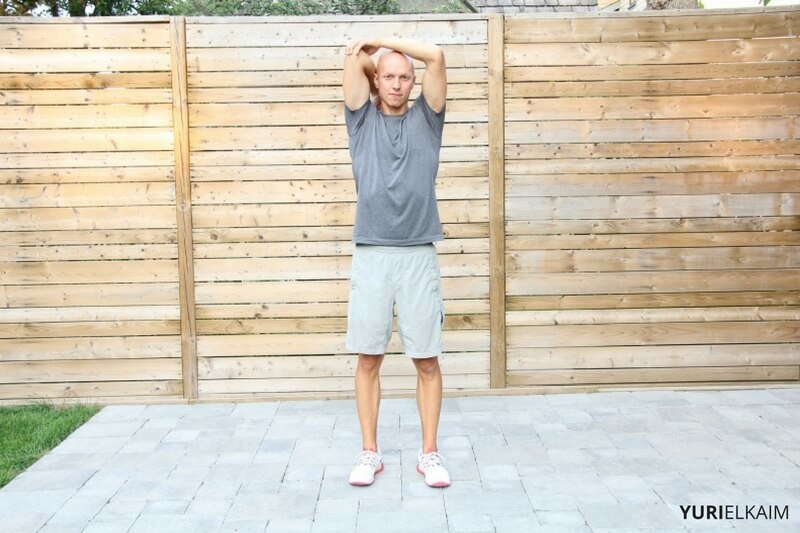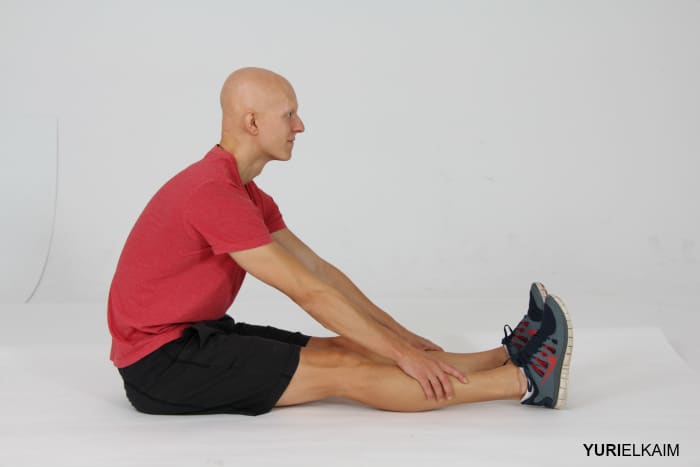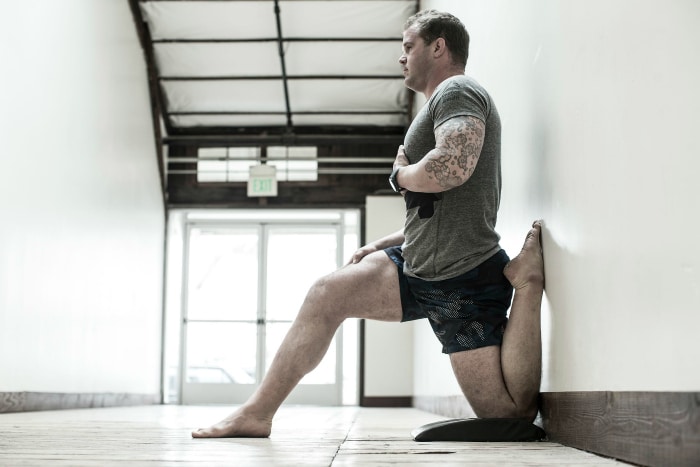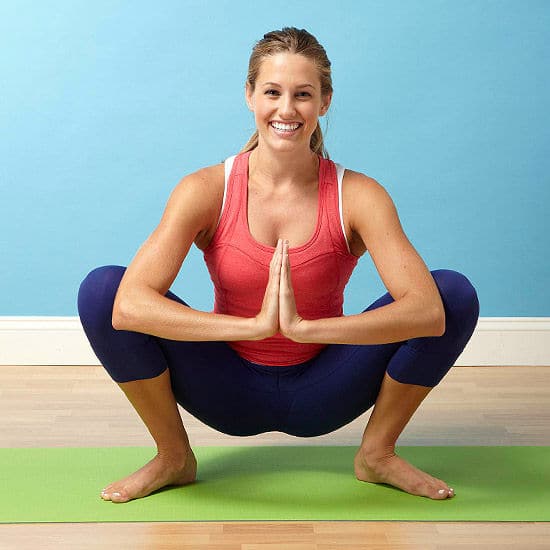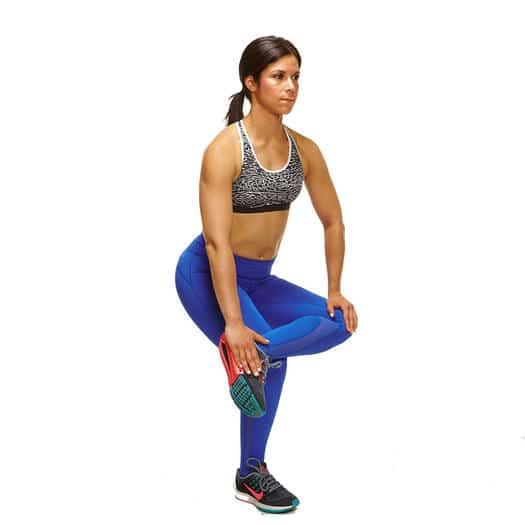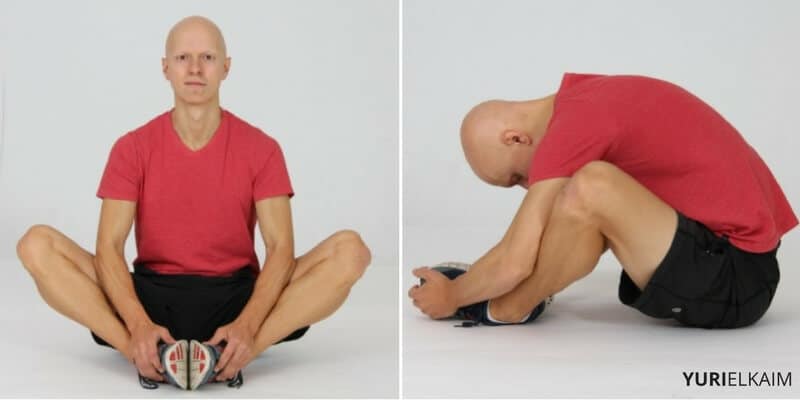In this article
Rest is an important exercise.
No, I’m not trying to get philosophical on you – although this concept will help you heal.
Specifically, I’m talking about a type of rest that will help your body heal in ways that it won’t when you spend your off day doing as little as possible.
But don’t worry, this “active rest,” which we’ll refer to as an active recovery, isn’t just another workout.
In fact, an active recovery workout will leave you feeling energized, loose, and ready for another week of workouts, instead of stiff and unable to move on Monday morning.
Read on to find out why.
Benefits of an Active Recovery Workout
While becoming a vegetable on your couch on your “off” days might seem like the best thing for your achy body, research suggests otherwise (sigh … I know).
In fact, if you’re experiencing intense soreness from a week of workouts, the best thing you can do to ease that soreness is to keep moving.
This is because being active has been shown to help our body clear out lactic acid – a byproduct of energy production – from our muscles (1).
Lactic acid is essentially produced as an alternative energy source during intense exercise when the muscles have run low on glucose and oxygen. It’s the reason you get a burning sensation at the end of a set during a weightlifting workout.
When this lactic acid hangs around, you’re usually sore for 1 to 2 days after a workout. That’s why anything that helps clear it out (like active recovery) will help with post-workout pain. Note: If you’re looking for additional ways to reduce soreness from lactic acid, check out this post.
In addition, active recovery days also increase the circulation of lymph and blood through your body, shuttling much-needed oxygen and nutrients to muscle cells to promote faster and better recovery.
They also help keep your joints lubricated and improve mobility, especially when you add in foam rolling and other stretching exercises, which we’ll get into below.
How to Do an Active Recovery Workout
So what exactly is a recovery workout, and how is it different than a regular bodyweight or interval workout?
Foam Rolling/Self-Myofascial Release
Self-myofascial release (SMFR) and foam rolling are hugely beneficial in helping you get rid of stiffness and soreness.
In essence, foam rolling targets connective tissues between muscles and ligaments called fascia, which become tight when your muscles tighten up. If you’ve ever felt tense little knots deep in your shoulders, you know what I mean.
Loosening and breaking up these knots helps increase mobility and flexibility, improve performance, improve circulation, speed up recovery, and ease soreness (2, 3).
While SMFR is typically done with a foam roller due to its ease of use, there are several self-massage techniques you can do with just your hands that you’ll see in a video below.
Recommended Reading:
- 5 Unusual Foam Roller Exercises to Hit Those Nagging Tight Spots
- 8 Massage Ball Exercises Better Than a Paid Massage
Stretching
Stretching is obviously a big component of any active recovery workout. Both static (long hold) stretches and dynamic stretches help decrease soreness and improve range of motion and flexibility.
You can switch up stretches you perform during active workouts depending on how stiff you’re feeling in certain areas, or you can focus on your personal “trouble” areas, like tight hip flexors or glutes.
Recommended Reading:
- 12 Dynamic Warm-up Exercises to Do Before Your Next Workout
- Yoga Hip Openers: 23 Simple Poses Most People Should Be Doing
- The 30-Second Fix for Tight Hip Flexors
Bodyweight Exercises and Light Cardio
Bodyweight exercises and light cardio get our blood circulating during our active recovery workout – shuttling much-needed nutrients to sore muscles.
Light cardio also warms up our muscles enough to allow for deep static and dynamic stretches. In a typical active recovery workout, this type of cardio is kept at around 40 percent to 60 percent of your maximum heart rate.
Remember, the goal here isn’t to push, but to lightly get things moving in the spirit of regeneration.
The Off Day Vs. The Recovery Day
You might be wondering if you truly need an active recovery day or not. While the final answer largely depends both upon your body and training regime, there are a couple guidelines you can follow.
If you’re an avid strength trainer regularly lifting heavy throughout the week (and you’re used to can’t-get-out-of-bed soreness), an active recovery is probably your best bet to continually see strength and metabolic gains.
However, if you’re an endurance athlete going heavy on the cardio, your off day should literally mean off from activity. This will allow your body to regenerate fuel stores and maintain hormonal balance – a must to keep yourself from burnout or adrenal fatigue.
The Best Active Recovery Workout Routine
This active recovery workout combines dynamic stretches with foam rolling and light cardio to get your blood pumping and your muscles nice and refreshed. Be sure to get in a 5-minute dynamic warm up of light bodyweight stretches like lunges and leg swings before getting started.
Step 1: Dynamic Warm Up – 5 minutes
Step 2: Total-body foam roll (if you have time) or high-priority foam roll (sore areas or large muscle groups only) – 2 minutes on each muscle group
Step 3: Exercise & Stretch
- Exercise 1: Jog in place – 1 minute
- Stretch 1: Low lunge – 1 minute hold on each side
Low Lunge
- Exercise 2: Mountain climbers (beginner, advanced) – 1 minute
- Stretch 2: Shoulder and triceps stretch – 2 minutes (1 minute each)
Shoulder and Triceps Stretch
- Exercise 3: Skater hops – 1 minute
- Stretch 3: Seated hamstring stretch – 1 to 2 minutes each leg
Hamstring Stretch
- Exercise 4: Burpees – 1 minute
- Stretch 4: Quadriceps-psoas stretch – 1 to 2 minutes each leg
Quadriceps-Psoas Stretch
- Exercise 5: Bodyweight lateral lunges – 1 minute
- Stretch 5: Goblet squat hold – 2 minutes
Goblet Squat Hold
Short Active Recovery Workout
If you don’t have much time but still want to squeeze in an active recovery workout, this routine will get the job done. It’s not as thorough as the workout above, but it will hit all your major muscles and leave you feeling refreshed and limber.
Step 1: Dynamic Warm Up – 5 minutes
Step 2: Exercise & Stretch
- Exercise 1: Run in place – 1 minute
- Stretch 1: Low lunge – 2 minutes (hold 1 minute each leg)
- Exercise 2: Mountain climbers – 1 minute
- Stretch 2: Seated hamstring stretch – 2 minutes
- Exercise 3: Jumping jacks – 1 minute
- Stretch 3: Standing hip stretch -1 minute each side.
Standing Hip Stretch
- Exercise 4: Skater hops – 1 minute
- Stretch 4: Quadriceps-psoas stretch – 2 minutes
- Exercise 5: High knees – 1 minute
- Stretch 5: Seated groin stretch – 2 minutes
Seated Groin Stretch
Note: You can do the short version of this workout (15 minutes) and go through the exercises once, or go through twice for the 30-minute version.
Active Recovery Workouts At Home
Keep in mind that even if you can’t get in a full active recovery workout, just power walking with a few stops in between to dynamically stretch can be considered “active” recovery.
You can also mix and match exercises and stretches that can be done anywhere, such as running in place/jumping jacks followed by a low lunge stretch or even pigeon pose.
Follow these up with some self-myofascial release using your hands, as in the video below:
The key is to get your blood pumping and loosen up intense stiffness so that regeneration can occur, so whatever activity does that for you, by all means go for it!
When To Perform Recovery Workouts
If you’re working out 5 to 6 times a week, try making one of those days an active recovery workout day, especially if you’re feeling a lot of soreness.
Once you start moving on your rest days, you’ll start to notice improvements in how quickly your body recovers from soreness. Plus, you’ll probably also feel much more energized for the week than if you had spent your off day lying in bed.
Give one of these active workouts a try – after all, a healthy body in motion stays in motion!
Learn How to Go from Sore to Supple
Are you feeling beat up by your workouts?
Steal my 11 BEST workout recovery strategies to improve your flexibility and reduce stiffness, so you can start feeling good again.
Get my Workout Recovery Formula – it’s FREE! Just click the image below to download your copy right now.

